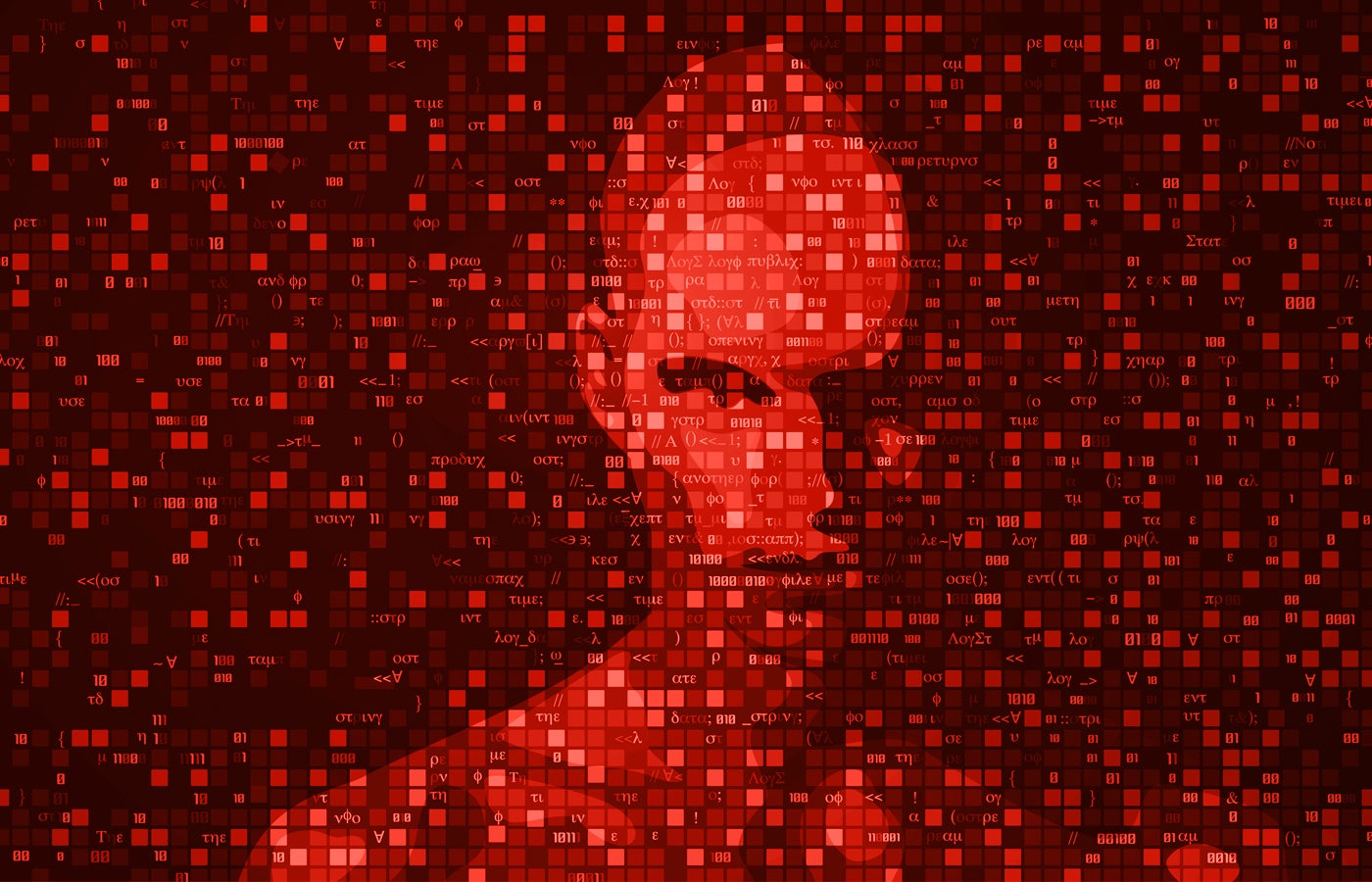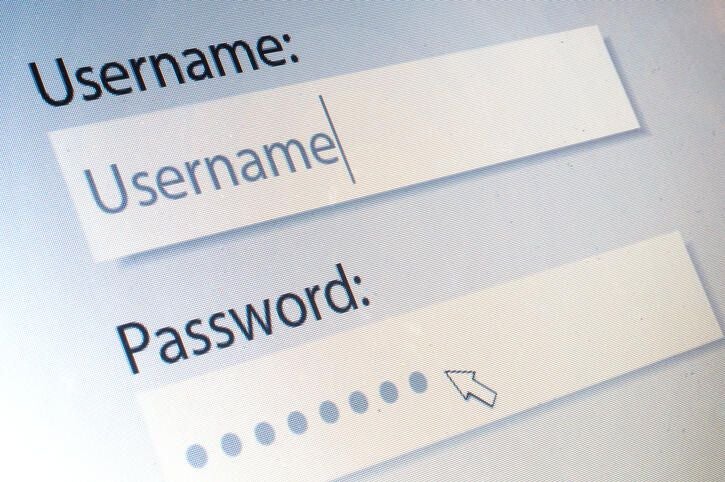By definition, all laptops, desktop computers, or smartphones capable of connecting to the internet are examples of IoT or Internet of Things applications. Simply put, the IoT or Internet of Things is a network of connected devices that can interact and exchange information with each other. Besides computers and phones, the IoT also includes devices that you wouldn’t usually expect to have an internet connection. But with the addition of sensors or actuators to their physical design, they can collect and share data and communicate with the network independent of human action.
IoT applications and solutions allow for the automation of daily tasks and facilitate effective monitoring and control of various kinds of connected devices. Individuals and organizations benefit from this technology, leading to improved efficiency, safety, and convenience in performing tasks.
How is Internet of Things Used?
Applications of IoT technology enable organizations to design and implement robust risk management strategies. They also allow commercial enterprises to focus on increasing their operational efficiency through real-time data management and the automation of tasks. In turn, this empowers businesses to take a more innovative approach to growth and development.
IoT technologies support advanced functions such as task automation and the remote control of devices. This enables organizations to maintain and optimize their balance between energy usage and conservation.
So, how is the Internet of Things being used? IoT technology is pioneering changes in diverse areas as health care, manufacturing, retail, energy, and agriculture. Suppose a use case can be thought up. In that case, there’s probably an IoT application that can implement it — or there are applications of IoT in development that could satisfy its criteria in the near future.
Examples of IoT in Daily Life
At the consumer level, the IoT is bringing connected intelligence to our homes, offices, and vehicles. Smart speakers like the Amazon Echo and Google Home make it quick and convenient to play music, set timers, or get information, using voice commands or mobile app controls. Systems often integrate with in-car entertainment and remote monitoring applications.
Home security systems with integrated cameras, smart locking mechanisms, and remote controls allow homeowners to monitor what’s going on inside and outside, or to see and talk to visitors from miles away.
Environment regulators such as smart thermostats can help us heat our homes before we arrive back from the office, while smart light bulbs can make it look like we’re at home, even when we’re out. Noise and pollution sensors can continuously monitor the spaces we habitually inhabit, and enable us to plan where and how to spend our time with the greatest level of safety.
Other Internet of Things Examples
As we mentioned previously, IoT examples now span all walks of life and sectors of industry. Manufacturers, for example, are adding sensors to their products’ components to transmit data about how they are performing. This can help organizations identify when a component is likely to fail and swap it out before it can cause damage.
Enterprise applications of the IoT generally take two forms: industry-specific applications such as sensors in a generating plant or real-time location devices for health care, and IoT devices capable of application in all industries, such as smart air conditioning or security systems.
The most common real-world applications of IoT technology include:
IoT Sensors
Manual or digital sensors are connected to circuit boards, which may be programmed to measure a range of variables. Sensors can collect information such as carbon monoxide levels (from vehicle emissions), temperature, humidity, pressure, vibration, and motion.
IoT sensors don’t only gather information from different physical environments — they can also send data to connected devices. This enables enterprises to use them for predictive maintenance, efficiency enhancement, and cost reduction.
Examples of IoT: Data Analytics
IoT data analytics applications can analyze structured, unstructured, and semi-structured data to extract meaningful insights from it. Organizations can use IoT data analytics to identify trends and patterns from data records of all kinds, including motion data sets, geographical information, and health care data.
Tracking And Monitoring Systems
IoT asset tracking devices use GPS or radio frequency (RF) monitoring to track and identify various business assets’ properties, such as product inventory. IoT applications in this area can facilitate the long-range identification and verification of assets.
Smart Barcode Readers
In the retail sector, IoT barcode readers support digital signal processing based on artificial intelligence (AI). Cloud data connections enable the readers to connect with other systems.
IoT barcode readers can also be incorporated into shopping carts, using AI-based sensors to detect products as they are dropped in or removed. The readers can then transfer this data to a computer that regulates an automatic checkout system. This is the technology basis for Amazon Go.
Besides retail, IoT barcode readers can optimize processes in areas such as logistics and warehousing.
Connected Factories
Industrial IoT or Industry 4.0 applications use connected factory solutions like Azure IoT for device management and monitoring and reporting key metrics such as equipment efficiency and telemetry data. This information may come from assets that are distributed across different geographical locations. IoT connected factory technology can also facilitate the remote control of industrial devices.
Connected Health Care Systems
In the Internet of Medical Things or IoMT, connected technology can help monitor and transmit vital data in support of clinical decisions, and extend the range of accessibility of health care to a wider population.
IoT medical devices can enable the remote and real-time monitoring of patient conditions, collecting information such as blood pressure, heart rates, sugar levels, oxygen, and weight. Devices can automatically report on anomalies and emergencies, and physicians and care-givers can readily access medical data stored online.
Examples of IoT: Smart Agriculture
Smart IoT farming applications enable agricultural producers to optimize their work by sensing soil nutrients and moisture levels so that they can determine the best time to harvest plants and create fertilizer profiles based on the chemistry of the soil.
IoT devices such as Smart Elements, AllMETOE, and Pynco can detect weather conditions and other environmental data.
Smart Supply Chain Management
Smart IoT devices connected to packages can use GPS and RFID (Radio Frequency ID) signals to track their behavior and condition in transit and help supply chain managers to improve their operations through smart routing and rerouting algorithms.
Smart supply chain management applications can assist in inventory management, vendor relationship management, fleet management, and scheduled maintenance. They can also help in reducing uncertainty risks, minimizing variance, reducing costs, and improving profitability.
Examples of IoT: Smart Utility Grids
Smart IoT grids allow for the real-time monitoring of data regarding the supply and demand of utilities like electricity and water. Using a smart grid, utility companies can interconnect all of their assets, including meters and substations. They can use IoT applications to identify load distribution, improve reliability, and to assist in fault detection and repairs. This is a very beneficial
Smart IoT grids allow for the real-time monitoring of data regarding the supply and demand of utilities like electricity and water. Using a smart grid, utility companies can interconnect all of their assets, including meters and substations. They can use IoT applications to identify load distribution, improve reliability, and to assist in fault detection and repairs. This is a very beneficial example of IoT.
Self-Driving Vehicles
Several self-driving or autonomous (“driverless”) cars and trucks are currently in existence, under development, or at the prototype stage. These vehicles typically incorporate numerous IoT devices, including sensors, gyroscopes, cloud architecture, and internet gateways. The devices and IoT applications enable the vehicles to sense and process huge amounts of data on traffic, pedestrians, and road conditions such as speed breakers, potholes, corners, and sharp turns.




